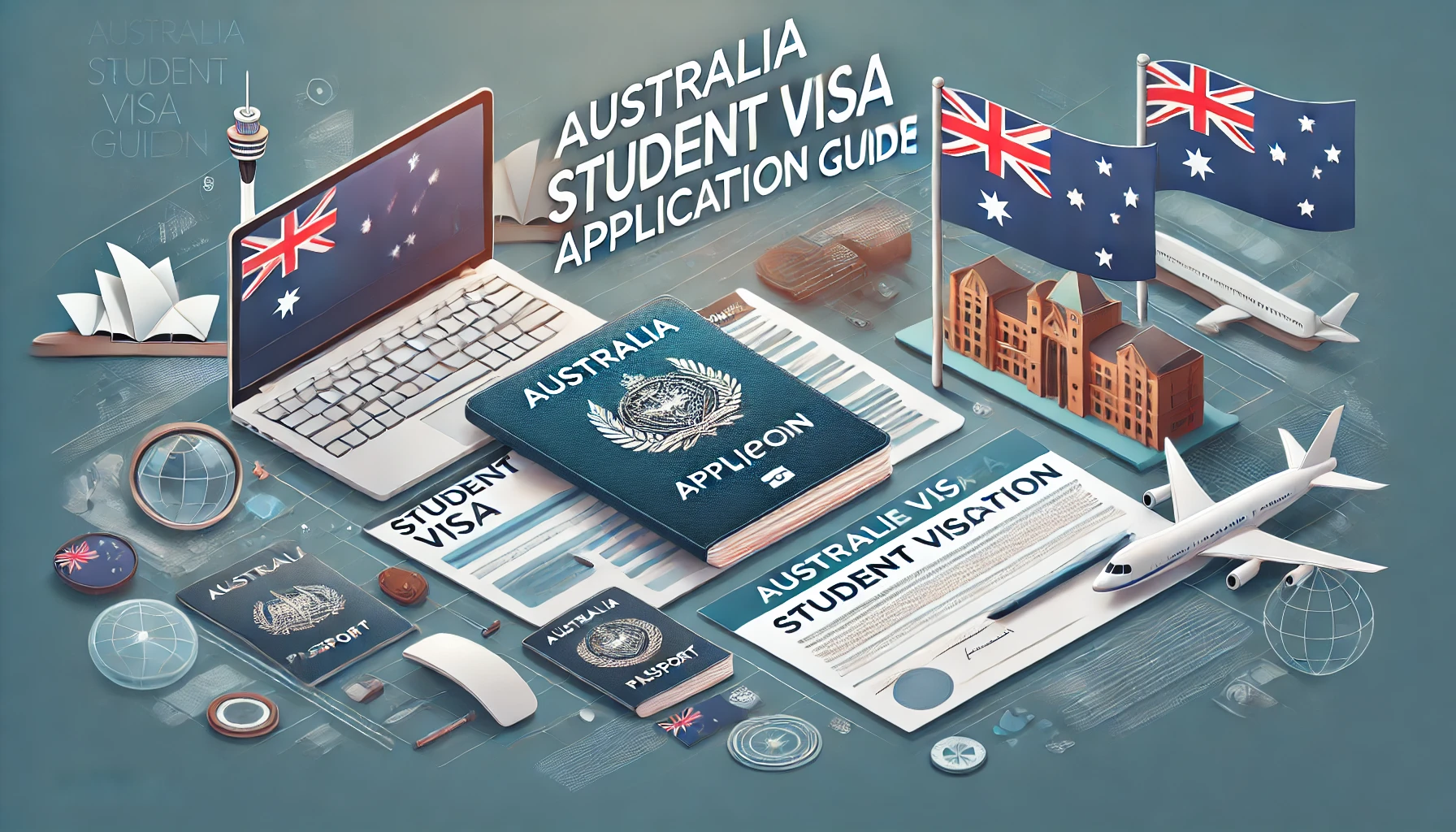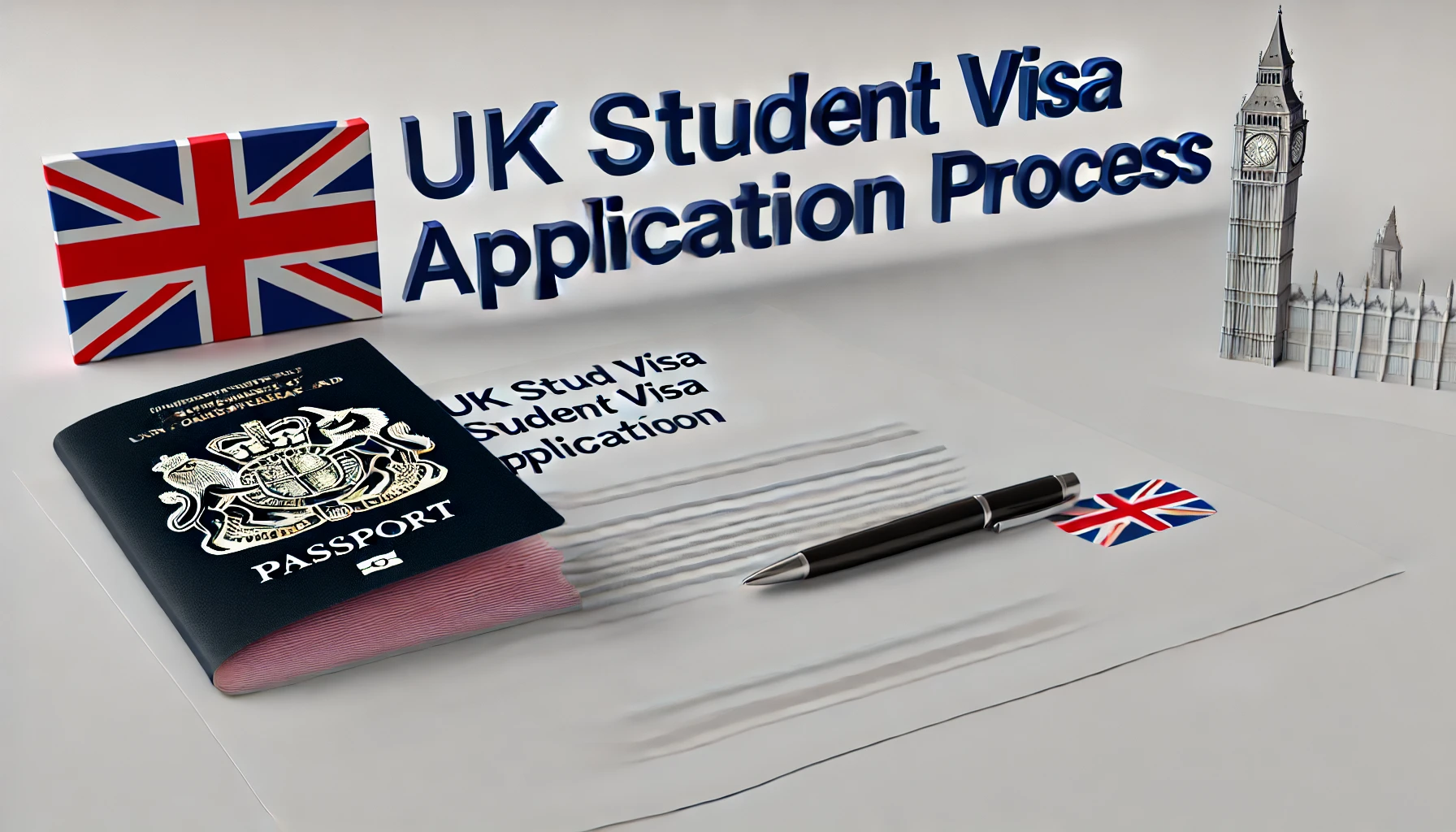Where to Study Abroad: USA vs Australia vs Canada
Choosing the best country to study abroad can be a daunting task. With numerous factors to consider, students often find themselves weighing the pros and cons of various destinations. The USA, Australia, and Canada are three of the most popular choices for international students. Each offers unique advantages, making the decision even more challenging. This article will explore the key factors to consider when deciding where to study abroad, focusing on the USA, Australia, and Canada.
Education System
USA
The USA boasts a diverse and dynamic education system with numerous world-renowned universities. Institutions like Harvard, MIT, and Stanford consistently rank among the top in global rankings. The American education system emphasizes flexibility, allowing students to choose from a wide range of majors and minors.
- Quality of Education: High standards, innovative teaching methods, and extensive research opportunities.
- Flexibility: Options to switch majors and design personalized study programs.
- Support Services: Comprehensive support for international students, including orientation programs and academic advising.
Australia
Australia is known for its high-quality education system and globally recognized universities. Institutions such as the University of Melbourne, Australian National University, and the University of Sydney are popular among international students. The Australian education system is known for its focus on research and practical learning.
- Quality of Education: Strong emphasis on research, practical skills, and employability.
- Cultural Diversity: A multicultural environment with a significant international student population.
- Support Services: Dedicated support for international students, including counseling and career services.
Canada
Canada offers a high standard of education with a focus on inclusivity and diversity. Universities like the University of Toronto, McGill University, and the University of British Columbia are highly esteemed. The Canadian education system is known for its innovative programs and emphasis on student well-being.
- Quality of Education: High academic standards, innovative programs, and strong research facilities.
- Inclusive Environment: A welcoming atmosphere with a focus on diversity and inclusion.
- Support Services: Extensive support services, including health services, counseling, and academic advising.
Cost of Education to Study Abroad
USA
Studying in the USA can be expensive, with tuition fees varying significantly between institutions. However, there are numerous scholarships and financial aid options available to international students.
- Tuition Fees: Can range from $20,000 to $60,000 per year, depending on the institution and program.
- Living Costs: Higher in major cities like New York and San Francisco; lower in smaller towns.
- Financial Aid: Scholarships, grants, and assistantships are available to help offset costs.
Australia
Australia’s tuition fees are generally lower than those in the USA but can still be significant. The cost of living varies depending on the city, with Sydney and Melbourne being more expensive than other locations.
- Tuition Fees: Range from AUD 20,000 to AUD 45,000 per year.
- Living Costs: Higher in major cities like Sydney and Melbourne; more affordable in smaller towns.
- Financial Aid: Scholarships and grants are available for international students.
Canada
Canada offers relatively affordable tuition fees compared to the USA and Australia. The cost of living is also generally lower, making it an attractive option for many students.
- Tuition Fees: Range from CAD 15,000 to CAD 35,000 per year.
- Living Costs: Lower in smaller cities; higher in metropolitan areas like Toronto and Vancouver.
- Financial Aid: Numerous scholarships, bursaries, and financial aid options available.
Visa and Work Opportunities
USA
The USA offers various visa options for international students, including the F-1 visa. Students can work on-campus for up to 20 hours per week and may be eligible for Optional Practical Training (OPT) after graduation.
- Visa Options: F-1 visa for full-time students.
- Work Opportunities: On-campus employment and OPT for work experience post-graduation.
- Post-Graduation: OPT allows up to 12 months of work; STEM graduates can extend for an additional 24 months.
Australia
Australia provides the Student visa (subclass 500) for international students. Students can work up to 20 hours per week during the semester and full-time during breaks. Post-study work visas are available for graduates.
- Visa Options: Student visa (subclass 500).
- Work Opportunities: Part-time work during studies; full-time during holidays.
- Post-Graduation: Temporary Graduate visa (subclass 485) allows work for up to four years post-graduation.
Canada
Canada offers the Study Permit for international students, with opportunities to work part-time during studies and full-time during scheduled breaks. The Post-Graduation Work Permit (PGWP) allows graduates to work in Canada for up to three years.
- Visa Options: Study Permit.
- Work Opportunities: Part-time work during studies; full-time during holidays.
- Post-Graduation: PGWP allows work for up to three years post-graduation.
Quality of Life
USA
The USA offers a high standard of living with access to world-class amenities, healthcare, and entertainment. The cultural diversity and vast opportunities for travel and exploration make it an exciting destination for students.
- Healthcare: High-quality but expensive; health insurance is essential.
- Cultural Diversity: Diverse and multicultural environment.
- Lifestyle: Vibrant social scene, numerous recreational activities, and travel opportunities.
Australia
Australia is known for its high quality of life, with a relaxed lifestyle, beautiful landscapes, and excellent healthcare services. The friendly and welcoming atmosphere makes it a great place for international students.
- Healthcare: High-quality public and private healthcare systems.
- Cultural Diversity: Multicultural society with a large international student population.
- Lifestyle: Outdoor activities, beaches, and a vibrant cultural scene.
Canada
Canada consistently ranks high in quality of life, with excellent healthcare, safety, and a welcoming environment. The country’s natural beauty and diverse cities offer a balanced and enriching experience for students.
- Healthcare: High-quality public healthcare system.
- Cultural Diversity: Inclusive and multicultural society.
- Lifestyle: Safe, friendly environment with numerous outdoor and cultural activities.
Conclusion
Deciding where to study abroad between the USA, Australia, and Canada depends on various factors, including the quality of education, cost, visa and work opportunities, and quality of life. Each country offers unique advantages and opportunities, making them attractive destinations for international students. Consider your personal preferences, career goals, and financial situation to make an informed decision. No matter where you choose to study, the experience will undoubtedly be enriching and transformative.
For more detailed guidance on studying abroad, visit Study Abroad Portal.
To read more articles like this, visit: Regent Studies




